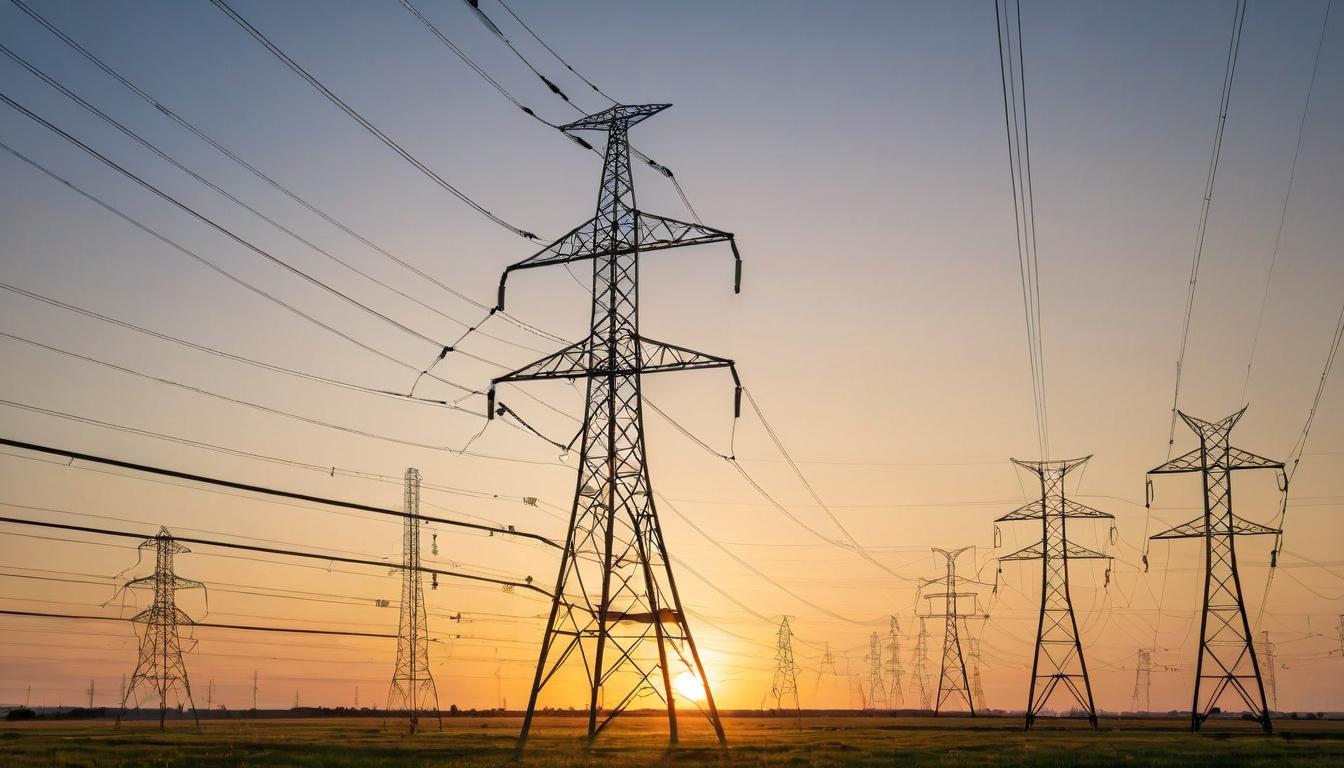In the quiet corridors of utility boardrooms and the bustling halls of state regulatory commissions, a revolution is unfolding that will determine whether your lights stay on during the next heatwave or winter storm. This isn't about solar panels or wind turbines—those are the visible symbols of change. The real transformation is happening in the complex, often invisible world of grid modernization, where century-old infrastructure is being dragged kicking and screaming into the digital age.
The grid modernization push represents the most significant overhaul of America's electricity system since rural electrification. Utilities are proposing massive investments—some exceeding $100 billion nationally—to replace aging transformers, install smart meters, harden infrastructure against extreme weather, and create more resilient networks. The problem? Someone has to pay for it, and that someone is you, the ratepayer.
What makes this battle particularly contentious is the fundamental disagreement about what constitutes "modernization" versus what critics call "gold-plating." Consumer advocates point to projects like Florida Power & Light's $1.8 billion grid hardening plan, approved despite concerns about whether all the spending was necessary. Meanwhile, environmental groups argue that true modernization means building a more flexible, distributed system rather than simply reinforcing the centralized model.
The regulatory dance has become increasingly complex as utilities navigate between state mandates, federal incentives, and public pressure. In states like New York and California, regulators are pushing for more distributed energy resources and demand response programs. In others, the focus remains on traditional reliability metrics and storm hardening. This patchwork approach creates winners and losers—both among utilities and their customers.
Technology companies see opportunity in this chaos. From advanced sensors that can predict equipment failures to artificial intelligence that optimizes power flow, the digital grid represents a massive market. Companies like Siemens, GE, and a host of startups are competing for contracts that could determine the technological direction of the grid for decades to come.
The workforce implications are equally profound. The skilled linemen and substation technicians who have maintained the traditional grid are retiring in droves, while utilities struggle to attract digital natives who can manage the increasingly complex software systems that will run tomorrow's grid. This human capital challenge may prove more difficult to solve than the technological ones.
For ordinary consumers, the changes are both promising and concerning. Smart meters promise more control over energy usage and quicker outage restoration, but they also raise privacy questions and enable time-of-use pricing that could significantly increase bills during peak hours. The transition to a digital grid means your refrigerator might soon be negotiating with your utility company about when to run—a prospect that delights efficiency experts but unsettles privacy advocates.
The equity dimension cannot be ignored. Low-income communities, already burdened by energy costs that consume a disproportionate share of their income, risk being left behind in the modernization wave. Without targeted programs and subsidies, the benefits of a smarter grid—lower bills through energy management, participation in demand response programs—may flow primarily to wealthier, technologically sophisticated households.
International examples offer both cautionary tales and success stories. Germany's rapid renewable integration created grid stability challenges that took years to resolve. Australia's experience with distributed solar offers lessons about managing two-way power flows. Meanwhile, China is building ultra-high voltage transmission lines that could redefine continental-scale grid architecture.
The coming decade will determine whether America's grid modernization becomes a textbook case of infrastructure investment done right or another example of technological promise undermined by implementation failures. The stakes couldn't be higher—economic competitiveness, climate resilience, and basic reliability all hang in the balance.
What's clear is that the decisions being made today in obscure regulatory proceedings will shape our energy future for generations. The question isn't whether we'll modernize the grid—that train has left the station. The real question is who will benefit, who will pay, and whether we'll build a system that serves all Americans or merely reinforces existing inequalities.
The hidden battle over grid modernization and why your electricity bill is caught in the crossfire

